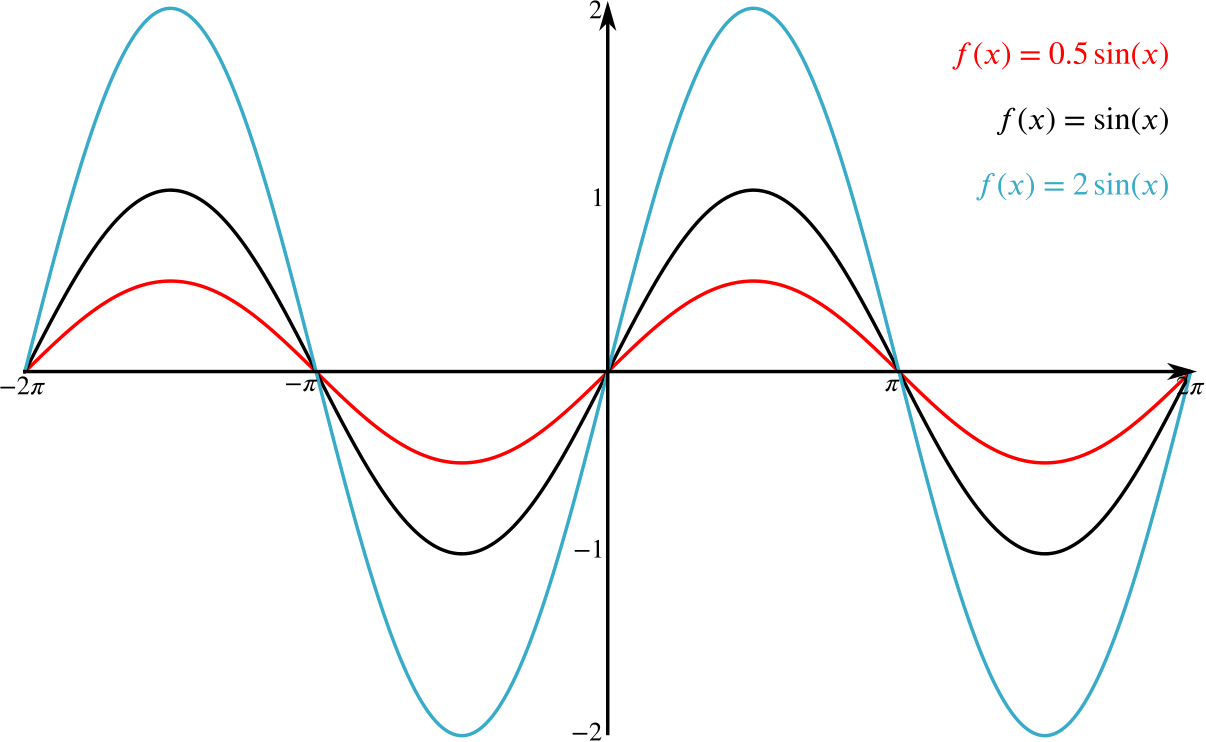
The individual samples given above are “independent” of each other. This condition is called “identically distributed” condition.
HOW TO USE WAVES X NOISE PDF
The 10 random numbers above are generated from the same PDF (standard normal distribution). As we know that a white process is seen as a random process composing several random variables following the same Probability Distribution Function (PDF). This simply generates 10 random numbers from the standard normal distribution. Let’s take the example of generating a White Gaussian Noise of length 10 using randn function in Matlab – with zero mean and standard deviation=1. When the random number generators are used, it generates a series of random numbers from the given distribution. Similarly, rand function can be used to generate Uniform White Noise in Matlab that follows a uniform distribution. White Gaussian Noise can be generated using randn function in Matlab which generates random numbers that follow a Gaussian distribution. In modelling/simulation, white noise can be generated using an appropriate random generator. Gaussian Noise and Uniform Noise are frequently used in system modelling. Similarly, a white noise signal generated from a Uniform distribution is called Uniform White Noise. This is called White Gaussian Noise (WGN) or Gaussian White Noise.
HOW TO USE WAVES X NOISE GENERATOR
For example, you can generate a white noise signal using a random number generator in which all the samples follow a given Gaussian distribution. In discrete sense, the white noise signal constitutes a series of samples that are independent and generated from the same probability distribution.
HOW TO USE WAVES X NOISE HOW TO
(Know how to plot PSD/FFT in Python & in Matlab) Gaussian and Uniform White Noise:Ī white noise signal (process) is constituted by a set of independent and identically distributed (i.i.d) random variables.

Thus for a sine wave of fixed frequency, the double sided plot of PSD will have two components – one at +ve frequency and another at –ve frequency of the sine wave. PSD is an even function and so the frequency components will be mirrored across the Y-axis when plotted. For example, for a sine wave of fixed frequency, the PSD plot will contain only one spectral component present at the given frequency.

Power Spectral Density function (PSD) shows how much power is contained in each of the spectral component. A random process (or signal for your visualization) with a constant power spectral density (PSD) function is a white noise process.


 0 kommentar(er)
0 kommentar(er)
